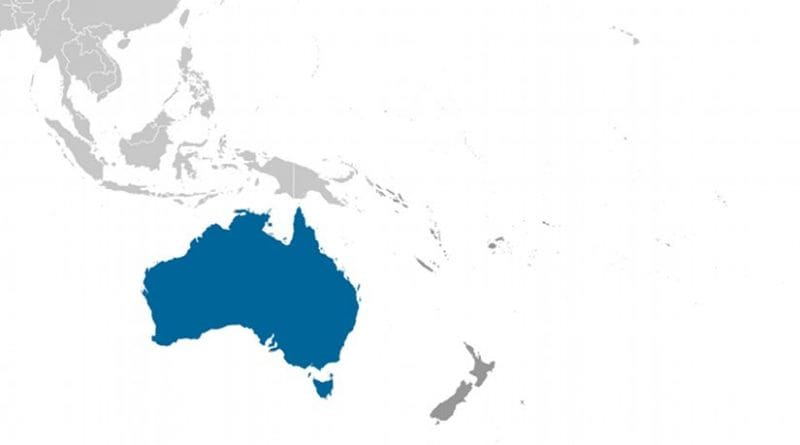Wave Climate Projections Predict Risks To Aussie Coastlines
A team of researchers led by Griffith University has mapped out how much waves are likely to change around the globe under climate change and found that if we can limit warming to 2 degrees, signals of wave climate change are likely to stay within the range of natural climate variability.
However, if we don’t limit warming and continue with business as usual, around 48 per cent of the world’s coast is at risk of wave climate change, with changes in either wave height, period or direction.
Published in Nature Climate Change, researchers from Griffith’s Cities Research Institute and Griffith Centre for Coastal Management conducted a comprehensive assessment of existing, community-driven, multi-method global wave climate projections.
Wave climate is the nature of wave characteristics and how they occur naturally in the ocean, and how they’re distributed in time and space around the world. The three main parameters used to describe wave climate are height, length and direction.
The southern coasts of Australia are one of the areas predicted to be at risk of increasing wave heights is we don’t limit climate change to 2 degrees.
Under a high-emission scenario, Griffith’s lead author Joao Morim, Dr Cartwright and Dr Fernando Andutta demonstrated widespread ocean regions with robust changes in annual mean significant wave height and mean wave period of 5-15% and shifts in mean wave direction of 5-15°.
The study has found that there is agreement amongst wave climate projections for approximately 50% of the world’s coastline, with ~40% revealing robust changes in at least two variables.
Furthermore, we find that uncertainty in current projections is dominated by climate model-driven uncertainty, and that single-method modelling studies are unable to capture up to ~50% of the total associated uncertainty.
The analysis considered numerous projections for a time slice at the end of the century (2081-2100) compared with the present-day climate to quantify the results.
Dr Morim said given the increasing evidence for historical changes in wave conditions, the team was interested in how projected future changes in atmospheric circulation would alter the characteristics of wind-waves around the world.
As part of the Coordinated Ocean Wave Climate Project, 10 international groups, using a range of different statistical and dynamical wave models, used outputs from several climate models, under different future climate scenarios, to determine how waves may change in the future.
‘While we identified some differences between different studies, we found that if the 2° C Paris Agreement target is kept, signals of wave climate change are unlikely to exceed the magnitude of natural climate variability,” Dr Morim said.
“However, under a business-as-usual future climate scenario, we found agreement in the projected future changes in wave heights, lengths and/or directions along 50% of the world’s coasts.
“These changes varied by region, with regional differences in increase/decrease in wave height and length of up to 10 and 5% respectively, and rotation of wave direction of up to 17 degrees.”
The authors also found that less than 5% of the global coastline is at risk of future increasing wave heights. These regions were the southern coasts of Australia, and segments of the Pacific coast of South and Central America.
Regions where wave heights remain unchanged, but wave lengths or periods show projected increase will experience increased forces exerted on the coast or associated infrastructure.
One way this might be felt is via waves running further up a beach, increasing wave driven flooding. Similarly, waves travelling from a slightly altered direction in projected climate scenarios (suggested to occur over 20% of global coasts) can alter longshore transport of sediment along a coast.
“This is the first time there has been a compilation and reanalysis of the existing wave climate projections to identify two components: the agreement among the different projections, and where there is agreement, what changes should we expect to see,” Dr Cartwright said.
“Where there’s agreement among the models and what the extent of the change is, looking at different parametres such as wave height and direction in the offshore wave climate – that is critical information in terms of what might happen at the coastline.”

